As part of being #wilder we are
- creating wild corridors (the aim is to have a wild corridor which will go from the A30 to the wild area at the school)
- we are aiming to catalog and add native wild flowers to the wild areas
Native Flowers
By having an area dedicated to wild flowers, we are hoping to increase the diversity on our grounds. A native plant is one that has adapted to live with the other plants and animals that make up the community of life it is found in. For example many butterflies lay eggs on specific plants, the catapillers have adapted to prefer those plants and then without those plants we lose the butterflies. By increasing the variety of native flowers, we are hoping to increase the diversity of wildlife in our church grounds.
Wild flowers you may see at St John's include:
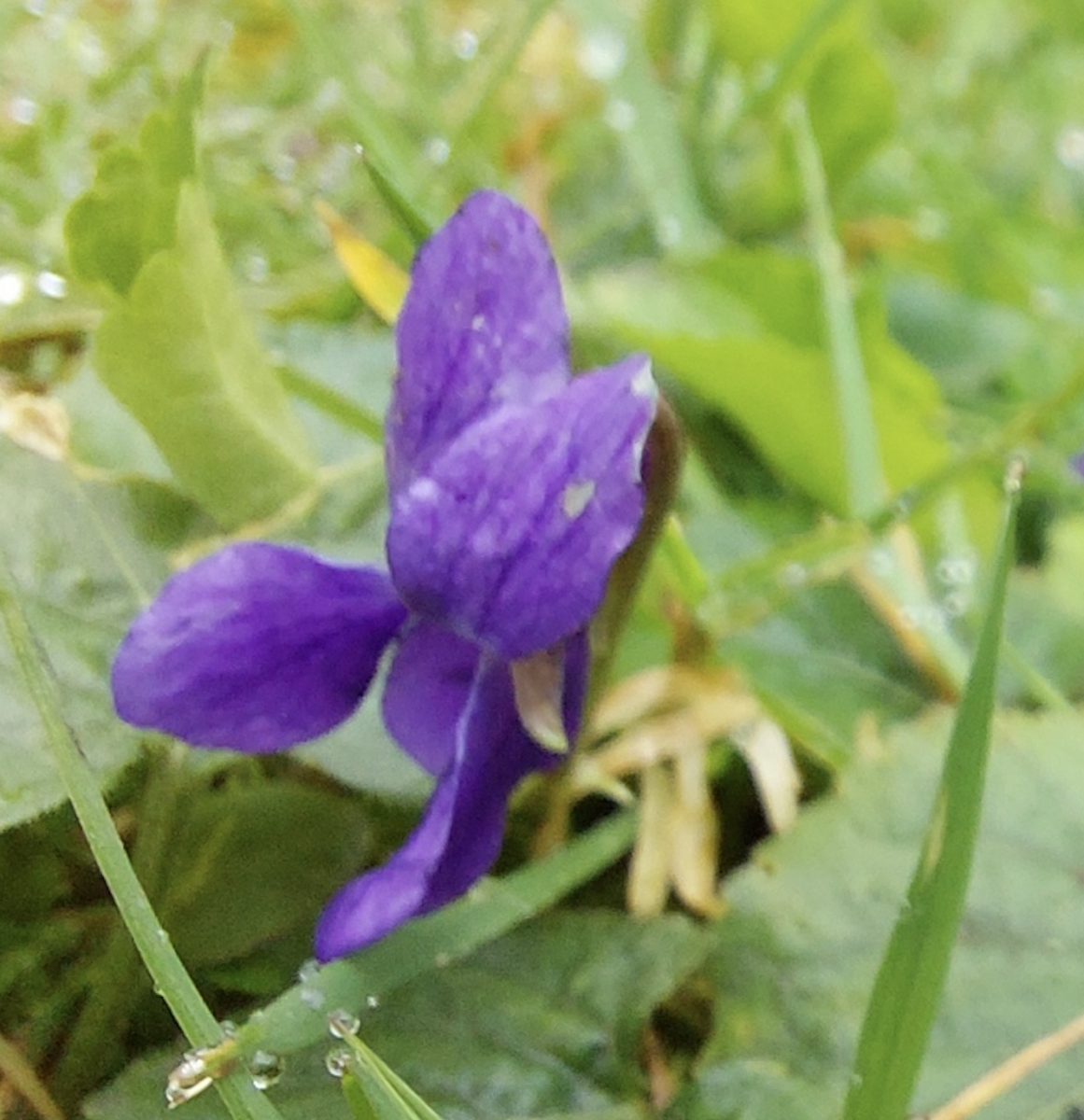
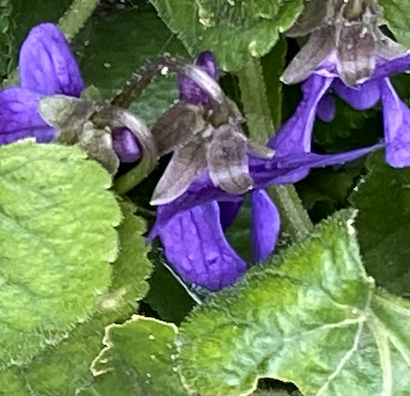 This is a violet, there are a number of places you will see wild violets in our grounds. Is this a sweet violet? or a common dog violet? Perhaps the easiest way to tell them apart is by the scent, as one is scented and one isn't. Violets are widespread locally, but becomming increasingly uncommon in the UK. Another way to tell the apart is to look at the sepal - if they're pointed they are dog violets, and if they are rounded they are sweet violets. Can you tell what kind of violets are in our garden at St John's?
This is a violet, there are a number of places you will see wild violets in our grounds. Is this a sweet violet? or a common dog violet? Perhaps the easiest way to tell them apart is by the scent, as one is scented and one isn't. Violets are widespread locally, but becomming increasingly uncommon in the UK. Another way to tell the apart is to look at the sepal - if they're pointed they are dog violets, and if they are rounded they are sweet violets. Can you tell what kind of violets are in our garden at St John's?
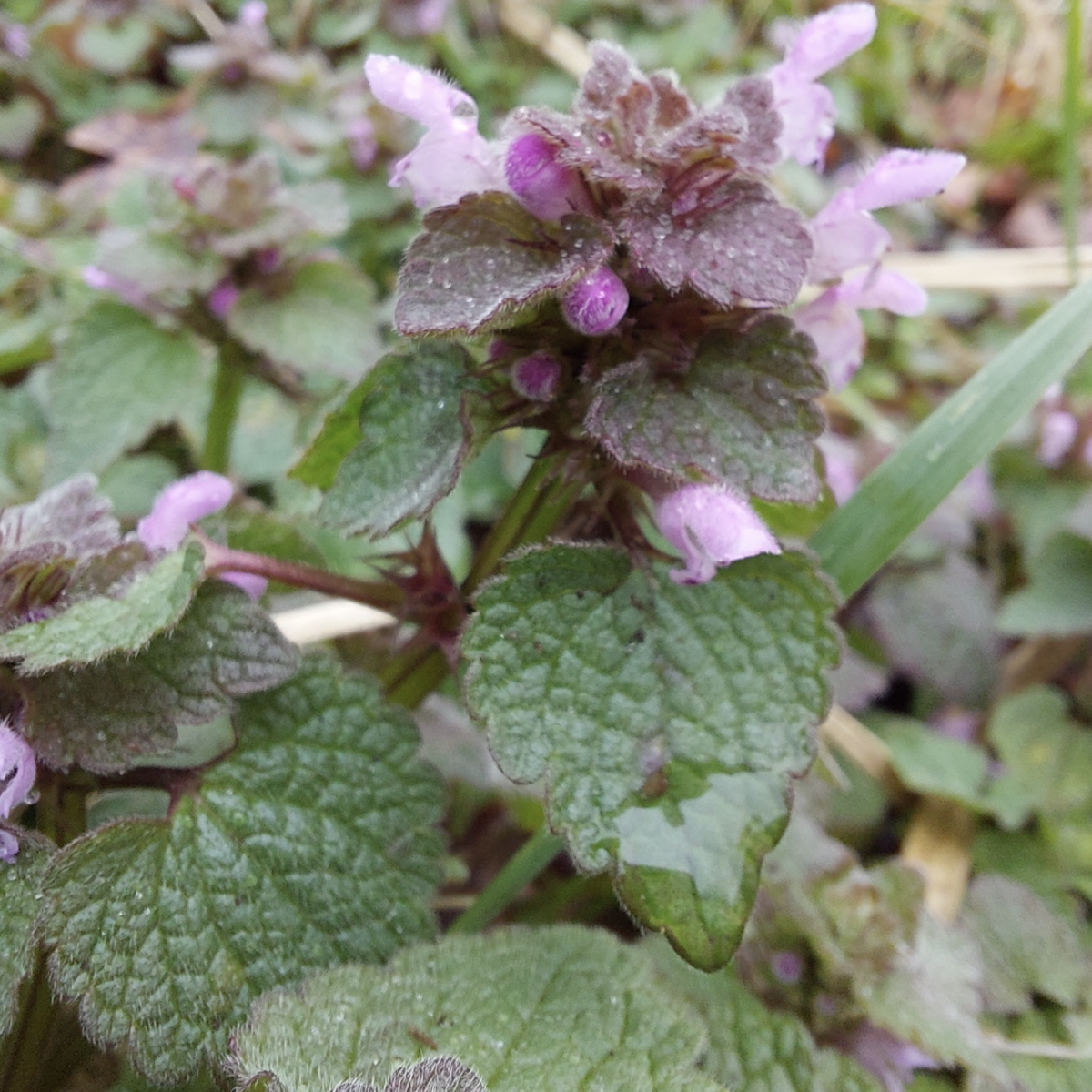 White and Red Dead Nettles (not in the nettle family at all, so do not sting). Lots of different species of long-tongued insects visit the flowers of red dead-nettle, including the red mason bee and bumblebees. The caterpillars of garden tiger, white ermine and angle shades moths feed on the leaves. Lots of different species of long-tongued insects visit the flowers of white dead-nettle, including the red mason bee, white-tailed bumblebee and burnished brass moth. The caterpillars of the garden tiger and angle shades moths feed on the leaves, as do Green tortoise beetles. Have you noticed, they both have square stems?
White and Red Dead Nettles (not in the nettle family at all, so do not sting). Lots of different species of long-tongued insects visit the flowers of red dead-nettle, including the red mason bee and bumblebees. The caterpillars of garden tiger, white ermine and angle shades moths feed on the leaves. Lots of different species of long-tongued insects visit the flowers of white dead-nettle, including the red mason bee, white-tailed bumblebee and burnished brass moth. The caterpillars of the garden tiger and angle shades moths feed on the leaves, as do Green tortoise beetles. Have you noticed, they both have square stems?
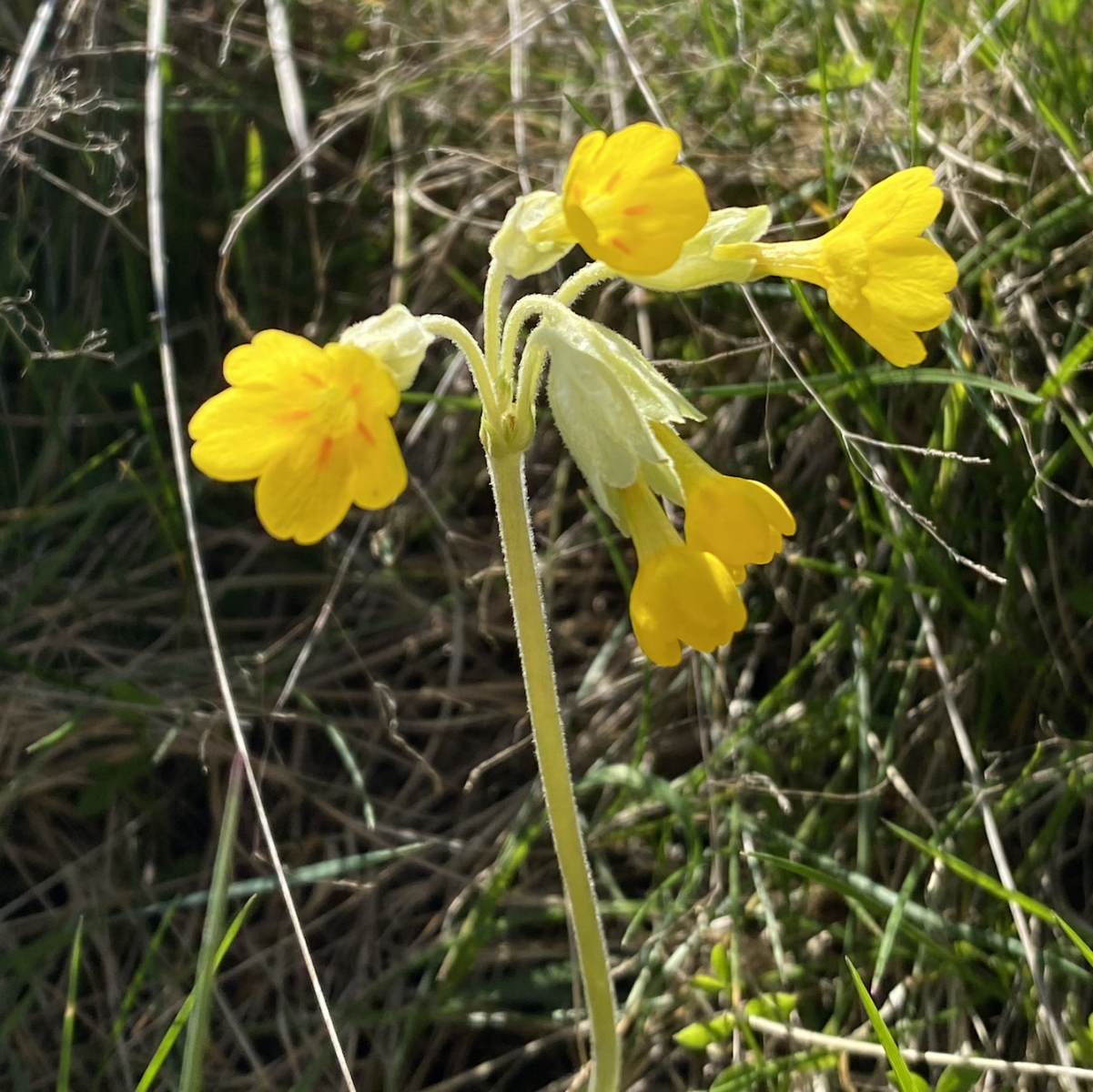 Cowslip (in the primrose family). Another spring flower, found in traditional hay meadows, ancient woodlands and hedgerows, and now in decline. There are lots of folk common names for cowslips including 'Keys of Heaven' (according to legend, St Peter dropped the keys to Heaven and where they landed Cowslips grew) so perhaps apt to find in the graveyard.
Cowslip (in the primrose family). Another spring flower, found in traditional hay meadows, ancient woodlands and hedgerows, and now in decline. There are lots of folk common names for cowslips including 'Keys of Heaven' (according to legend, St Peter dropped the keys to Heaven and where they landed Cowslips grew) so perhaps apt to find in the graveyard.
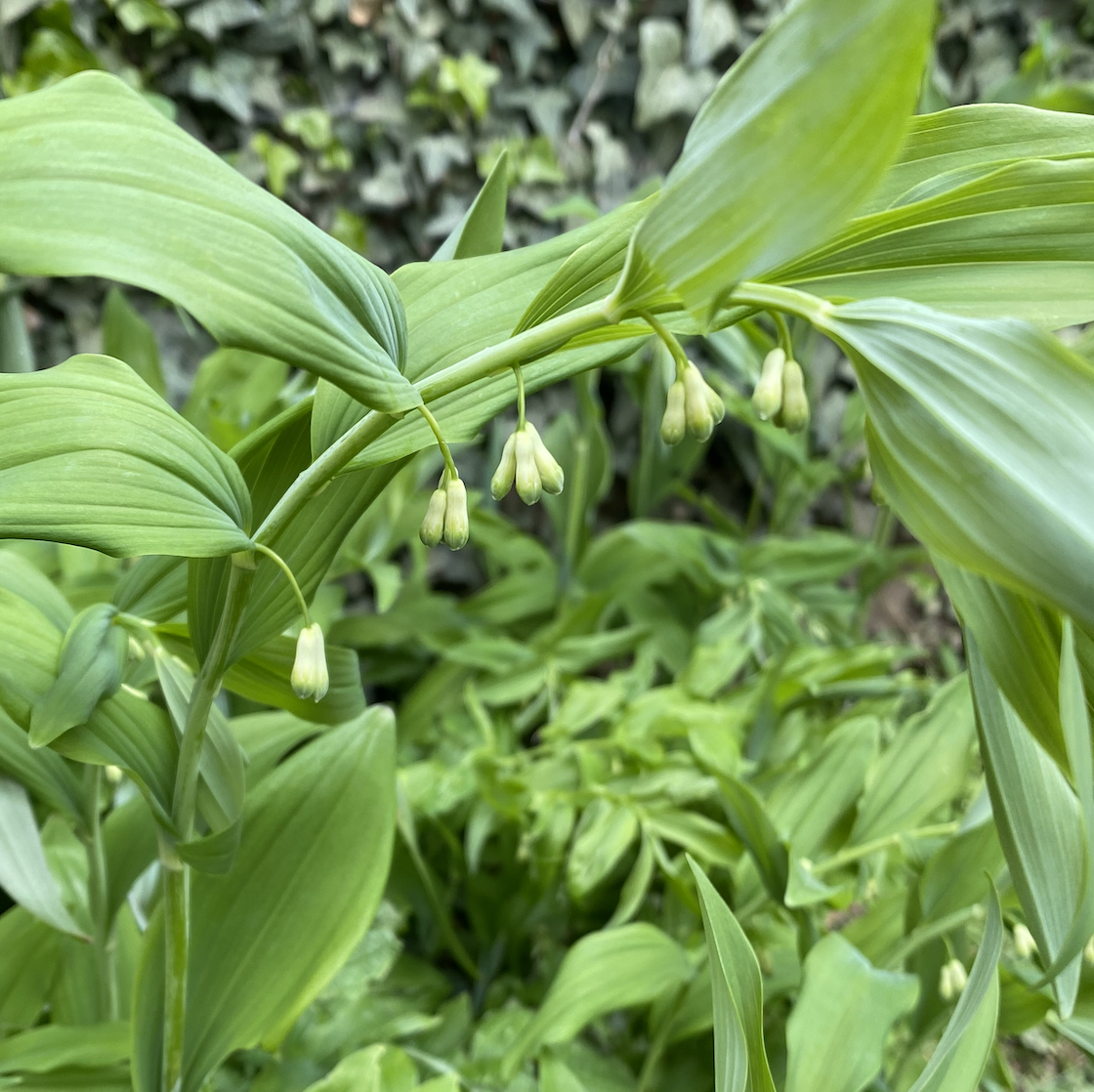 This is solomon's seal - although the derivation of the name is unknown, one theory is that it is inspired by the mark where the stem emerges from the rhizome, which looks like two interlocked triangles, which is the symbol of the biblical figure Solomon. Other names are David's Harp and Ladder to Heaven
This is solomon's seal - although the derivation of the name is unknown, one theory is that it is inspired by the mark where the stem emerges from the rhizome, which looks like two interlocked triangles, which is the symbol of the biblical figure Solomon. Other names are David's Harp and Ladder to Heaven
Warning: some wild flowers are protected species, so although temping to pick, please don't!